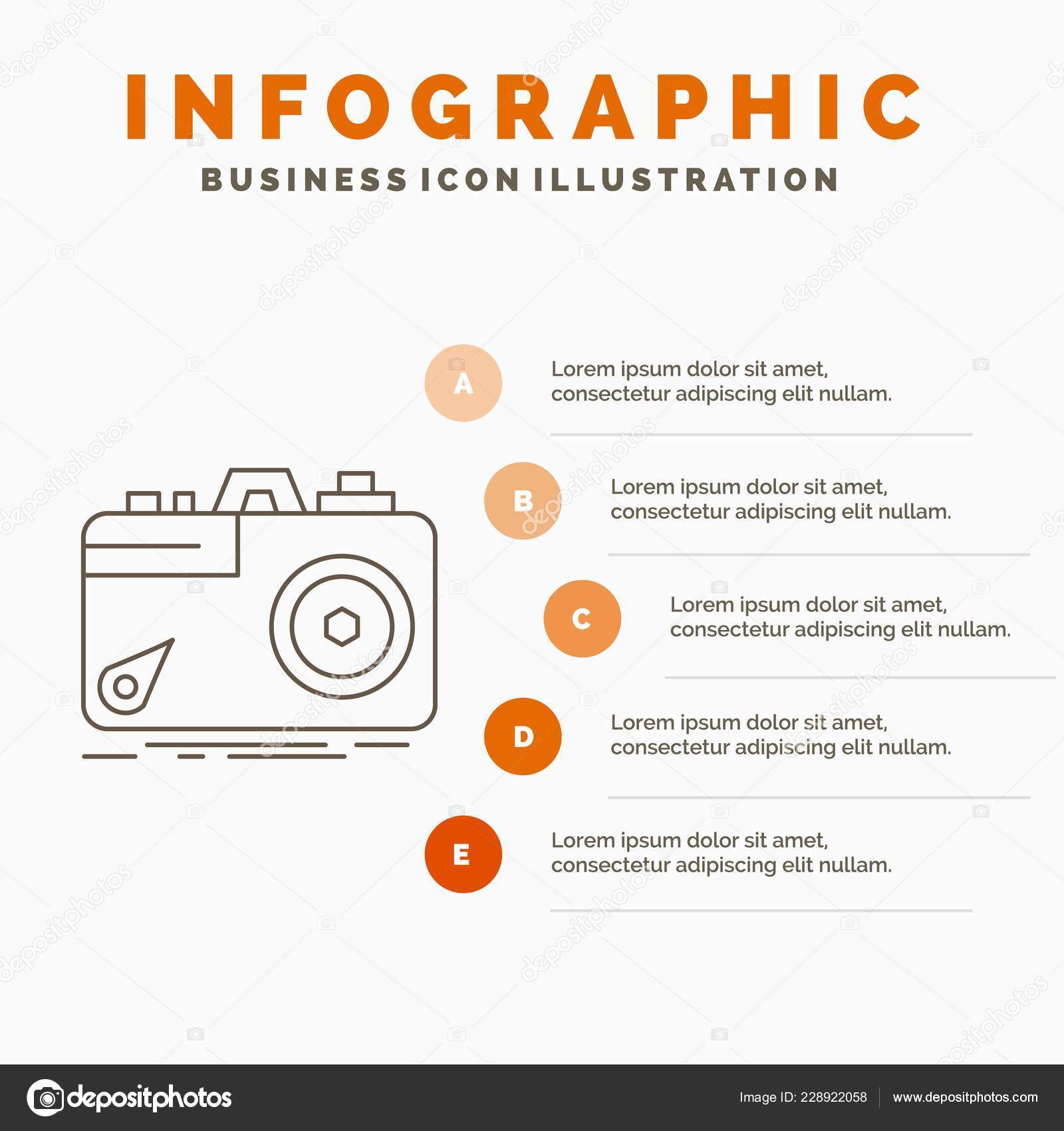Transform Your Photography By Mastering Illumination Methods That Can Boost Your Photos-- Uncover The Common Pitfalls That Could Be Holding You Back
Transform Your Photography By Mastering Illumination Methods That Can Boost Your Photos-- Uncover The Common Pitfalls That Could Be Holding You Back
Blog Article
Write-Up By-Greenwood Godwin
As a photographer, you know that lights can make or break your pictures. Understanding the subtleties of both all-natural and synthetic light is vital for recording the state of mind and clearness you go for in your work. Whether Outside portrait chasing after the excellent gold hour radiance or fine-tuning your artificial arrangements, understanding these components can elevate your photography substantially. Yet there prevail risks that numerous neglect, and acknowledging them can change your strategy to every shoot. Let's explore what you may be missing out on and exactly how it can influence your results.
Comprehending Natural Light
Comprehending all-natural light is vital for any kind of professional photographer seeking to boost their job. It's the structure of wonderful photography, affecting state of mind, tone, and clarity. When you shoot outdoors, focus on the time of day. The golden hour-- quickly after dawn and before sunset-- supplies soft, warm light that can change ordinary scenes right into magnificent photos.
Don't take too lightly the power of overcast days. Cloud cover diffuses sunlight, developing a soft, even light that's excellent for portraits and macro photography. You'll find shades appear this kind of illumination without harsh darkness.
Positioning matters, as well. Constantly consider your subject's orientation to the light. If the sun's behind your topic, you might wind up with a silhouette, which can be dramatic yet mightn't be what you want. Conversely, straight sunlight can create unflattering shadows.
Trying out angles; sometimes, changing your point of view can yield incredible outcomes. Use natural reflectors, like water or sand, to bounce light onto your subject, including measurement.
Mastering Artificial Light
Mastering artificial light is crucial for photographers that want to take their abilities to the following degree. Whether you're making use of speedlights, studio strobes, or constant lights, understanding just how to control these resources can substantially improve your pictures.
Beginning by acquainting on your own with the essentials of light quality, direction, and shade temperature. Trying out various modifiers like softboxes, umbrellas, or grids to regulate the softness or cruelty of the light.
You'll find that soft light commonly creates flattering results, while harsher light can add drama and depth. Do not shy away from shadows; they can enhance the three-dimensionality of your subjects.
Pay attention to the positioning of your lights. A light located also near your subject can produce unflattering outcomes, while too far away can lead to an absence of information. Make use of a light meter or your cam's pie chart to guarantee you're exposing properly.
Lastly, bear in mind that fabricated light can be mixed with ambient light for innovative effects. Stabilizing these sources could take practice, once you grasp it, your photography will absolutely beam.
Techniques for Different Circumstances
When you step into different capturing situations, adjusting your lighting methods is essential for catching the most effective photos. For exterior portraits, utilize the golden hour-- morning or late afternoon light-- to soften shadows and improve complexion.
If it's a harsh midday sunlight, think about making use of a reflector to jump light back onto your topic or seek shaded areas for a more also direct exposure.
In low-light situations, like indoor events, raise your ISO and make use of a broad aperture to let in even more light. A tripod can help eliminate cam shake, enabling longer direct exposures without obscuring.
If you're shooting at evening, explore off-camera flash to produce dynamic lights and deepness in your photos.
For item digital photography, use diffused lights to prevent extreme reflections. Softboxes or light tents can help accomplish this impact.
When photographing https://blogfreely.net/alica5derrick/find-out-how-to-select-the-perfect-camera-tailored-to-your-digital , think about the instructions of light and time of day, as it can drastically transform the mood of your shot.
Always prepare to readjust https://telegra.ph/Break-Without-Typical-Advertising-Approaches-And-Find-Innovative-Strategies-To-Raise-Your-Digital-Photography-Solutions---Your-F-01-08 and placing based on the circumstance, as flexibility is essential to understanding lights in photography.
Conclusion
To conclude, grasping lighting is crucial to raising your digital photography abilities. Welcome click the up coming post throughout gold hour, and do not avoid try out fabricated light methods. By adjusting your method to various scenarios, you'll record sensational images that resonate with feeling and clarity. Bear in mind, the right illumination can change an ordinary shot into something phenomenal, so keep practicing and improving your understanding of both all-natural and man-made light. Happy capturing!
